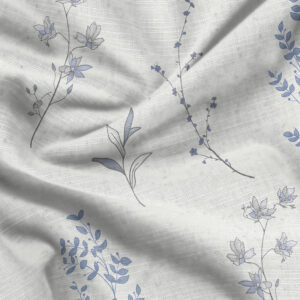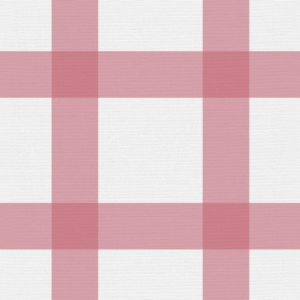Delicate Flower Table Cloth in Blue
£40.00 – £130.00
Delicate Flower Table Cloth in Blue
- Varying Sizes
- Cotton-Linen Fabric
- 2cm Stitched Border
- Handmade in my studio
- My fabrics are printed in the UK
- Machine washable at 30 degrees
Please note: Slight print variation may occur from image shown. Colours may vary in real life due to the nature of different device screens.
Products are designed in-house & made to order.
All products are manufactured in the UK.
The story of tablecloths in Britain dates back centuries, revealing a fascinating journey of status, craftsmanship, and societal shifts.
In the early days, during the medieval era, tablecloths were not as commonplace as they are today. Tables were typically made of sturdy wood and served as functional surfaces for dining, social gatherings, and various activities. However, the concept of covering these tables with cloths began to emerge among the nobility and royalty.
During lavish feasts and banquets held in castles and manor houses, tables adorned with luxurious fabrics became a symbol of wealth and status. The finest linen, embroidered with intricate designs and adorned with precious jewels, graced the tables of the aristocracy.
As time passed and the Renaissance era unfolded, tablecloths underwent a transformation. The focus shifted from displaying extravagant wealth to embracing artistic expression and craftsmanship. Intricate patterns, inspired by nature, mythology, and geometric motifs, adorned the linens. Skilled artisans meticulously wove their tales onto the fabric, creating tablecloths that were not only functional but also masterpieces of art.
With the dawn of the 20th century came societal changes that affected tablecloth traditions in Britain. The First World War brought austerity and a shift towards practicality. The ornate tablecloths of yesteryears were replaced with simpler, more utilitarian designs. The focus shifted towards functionality, with easy-to-wash fabrics and simpler patterns that could withstand frequent use.
In the post-war era, as Britain rebuilt and recovered, the concept of casual dining gained popularity. The rigid formality of previous eras gave way to a more relaxed approach to table settings. Families embraced colourful and patterned tablecloths, that brought vibrancy to everyday meal-times.
Today, in modern Britain, and around the world, traditional patterns coexist with bold prints, while eco-friendly and sustainable materials find their way onto dining tables. From grand banquets to intimate family gatherings, tablecloths remain an integral part of British culture, weaving together history, artistry, and hospitality.
| Dimensions | N/A |
|---|---|
| Size options | 130 x 130cm (£70.00), 130 x 180cm (£80.00), 130 x 250cm (£100.00), 130 x 350cm (£130.00), Table Runner: 35 x 160cm (£40.00), Table Runner: 35 x 250cm (£55.00) |




















